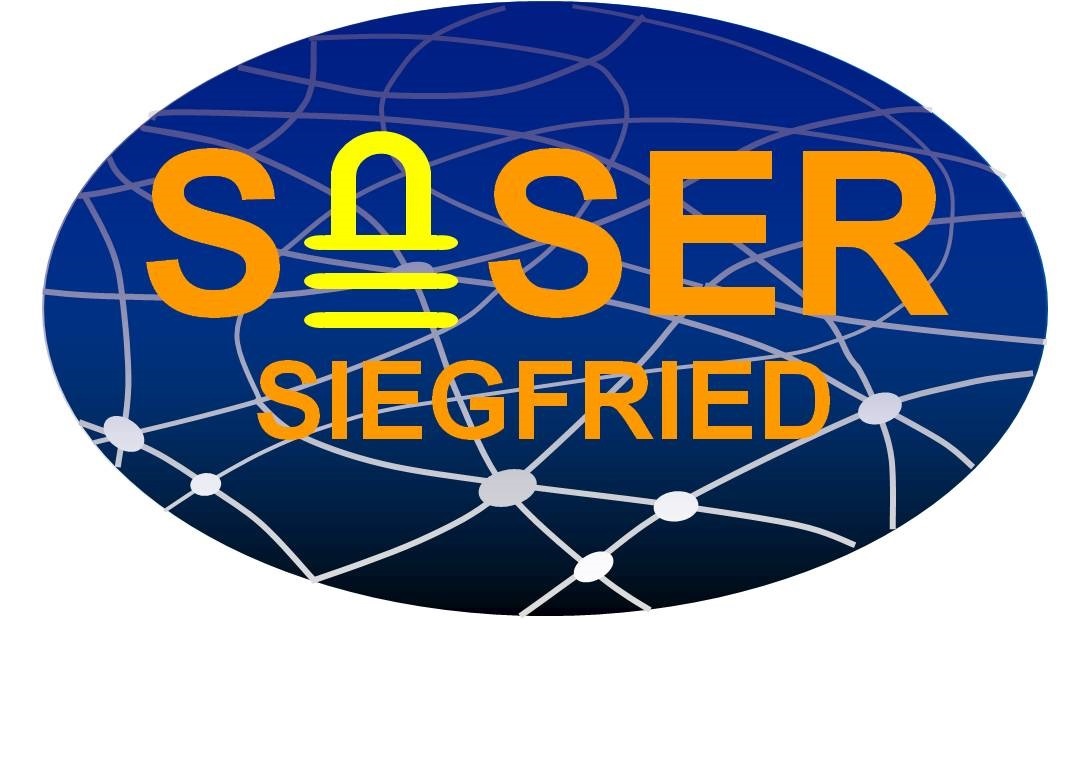Safe and Secure European Routing

Project Status: Finished
Start Date: 1 July 2012
End Date: 31 August 2015
Budget (total): 24599.41 K€
Effort: 191.33 PY
Project-ID: CPP2011/2-5b
Name: Marco Hoffmann
Company: Nokia, NSN Management International GmbH
Country: Germany
E-mail: marco.hoffmann@nsn.com
Nokia, NSN Management International GmbH, Germany
Coriant R&D GmbH, Germany
Technical University München, Germany
Universität Kassel Germany
Leibniz-Rechenzentrum der Bayerischen Akademie der Wissenschaften, Germany
Fraunhofer Gesellschaft Heinrich Hertz Institut (HHI), Germany
Ruhr Universität Bochum, Germany
Konrad-Zuse-Institut Berlin (ZIB), Germany
Universität Tübingen Germany
Universität Würzburg Germany
FH Potsdam, IDL-Interaction Design Lab Germany
Fraunhofer AISEC Germany
Technische Universität Dortmund Germany
Orange SA, France
Institut Mines Télécom, France
Keopsys, France
Ekinops, France
Photline Technologies SA, France
Technical University of Denmark, Denmark
2NS – Second Nature Security Oy, Finland
Mikkelin Puhelin Oyi, Finland
EXFO, Finland
Stonesoft, A McAfee Group Company, Finland
VTT Technical Research Centre of Finland, Finland
Publication: SASER-Siegfried Final review results
Abstract
The Internet has become an indispensable part of the infrastructure for most of the aspects of daily life and has developed to a fundamental infrastructure for Europe. The uninterrupted, reliable and secure access to the Internet is seen as a basic need for all citizens and a significant economical factor.
The current infrastructure lacks many of those features which are obviously associated with a trusted, safe and secure communication medium. The number of attacks on Internet-connected systems are growing and the attacks have become more serious and more technically complex than in the past. With the increasing number of sensitive applications, e.g. e-government or e-commerce, in particular the following critical issues and obstacles gain importance: security and privacy, service quality and reliability, instantaneous and protected access, and scalability.
Within the SASER-SIEGFRIED project all project partners together will design a network architecture and technologies for secure future networks in close collaboration. The target is to correct security vulnerabilities of today’s IP-layer networks in the 2020 time frame. The following activities will be accomplished to achieve this objective:
Firstly, data transmission will be downscaled as far as possible to lower network layers (physical layer and data layer), to reduce the need of IP routers, which have to be considered as critical to security. This can be realized by adopting technologies of network virtualization and efficient redundancy, based on flexible and highly available optical systems.
Secondly, mechanisms of security for future networks will be designed, based on an analysis of remaining security problems in the IP layer (for example: Backdoor and Anomaly detection).



